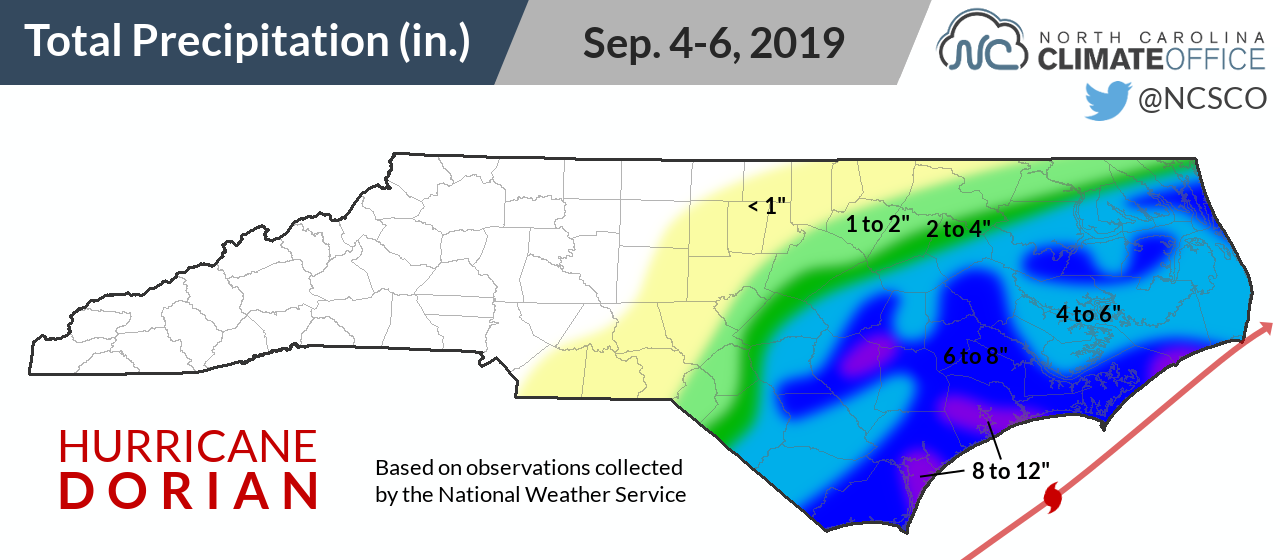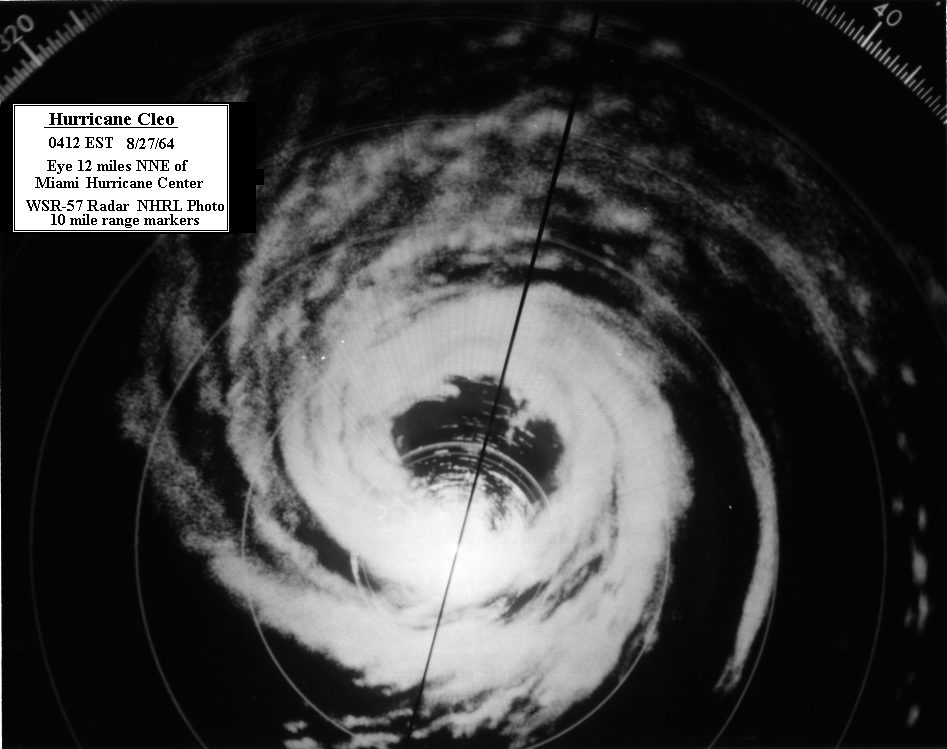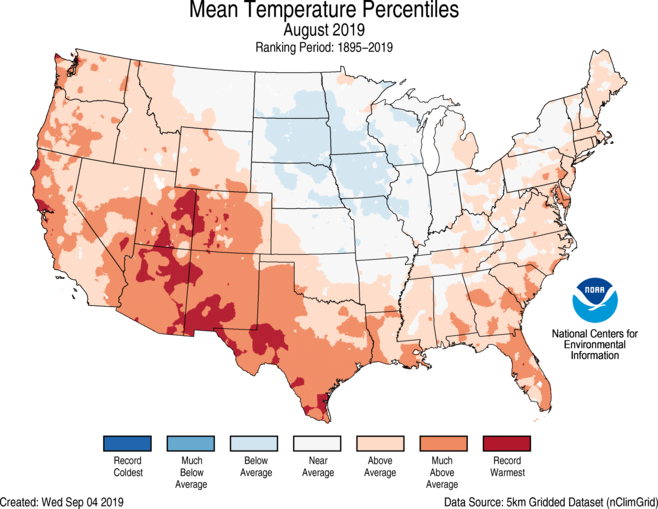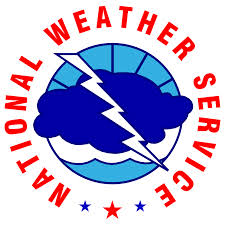-

While most poultry spend their lives indoors, there is an increasing move towards pastured poultry where the birds live outside. That exposes them to the adverse effects of heat, drought, and wet soil conditions. In this article from Yale Climate Connections, the authors discuss some of the things you can do to keep your outdoor…
-

The State Climate Office of North Carolina released an early summary of the impacts of Hurricane Dorian on the coast of North Carolina. Obviously, the impacts are not over yet as roads on the barrier islands are washed out and some people are still trapped in the Ocracoke region, but this is a rapid look…
-

If you want a good example in story form about how hurricane forecasts have improved over time, you may be interested in this article on Medium.com by my husband (also a meteorologist) Dr. John Knox, who experienced his first hurricane before he was born when his pregnant mom encountered Hurricane Cleo in Miami in 1964.…
-

The latest 7-day QPF map shows that nearly all of the region will see less than a quarter inch of rain this week. The only exceptions are a bit more in southern Florida and in the mountains, where some showers may pop up later in the week. It’s not uncommon for a dry spell in…
Posted in: Climate outlooks -

The latest national climate summary for the US came out today. It shows that for the contiguous US it was the 13th warmest on record, but Alaska had its second warmest summer ever (it was beautiful when I visited in June, but the whole summer there has been much above normal in temperature and plagued…
Posted in: Climate summaries -

As a former National Weather Service employee (Office of Hydrology and Scientific Services Division), I have enormous respect for the work that my meteorology friends do on a daily and nightly basis to keep us safe from severe weather and to help us plan our daily lives by providing accurate weather forecasts. Some of them…
Posted in: Climate and Ag in the news -

The latest Drought Monitor, released this morning, shows very slight decreases in drought and abnormally dry conditions across the region. I expect that the next DM will show significant decreases in North Carolina, which is expected to get hit by Hurricane Dorian and is already feeling some effects of the wind and rain. South Carolina…
Posted in: Drought